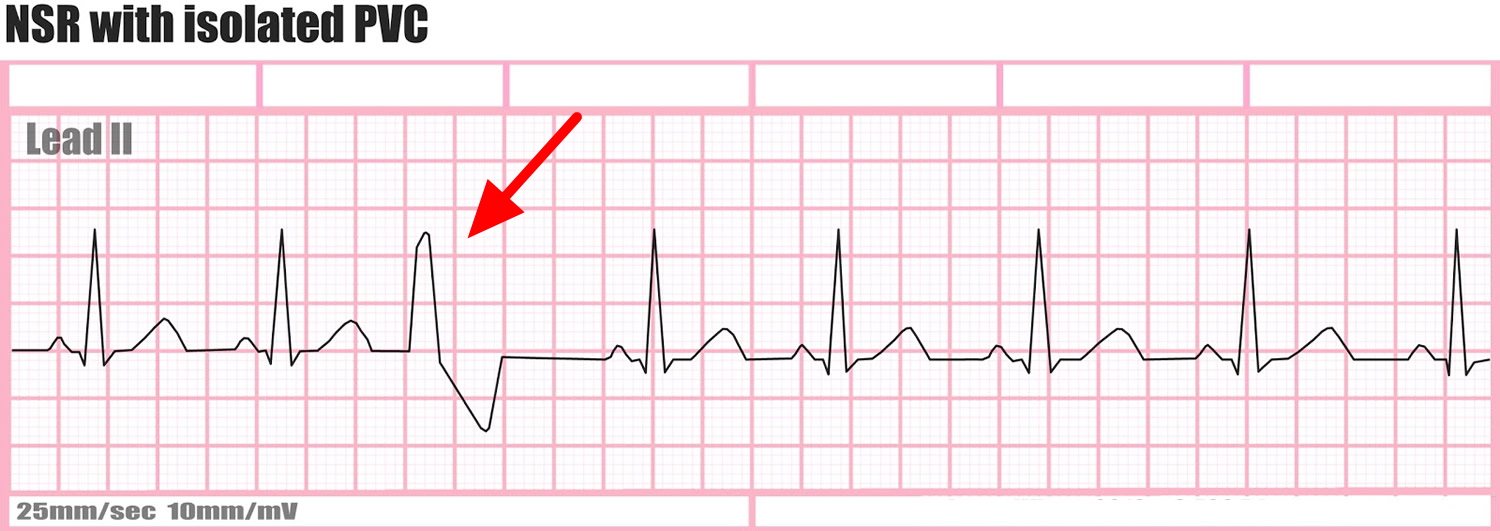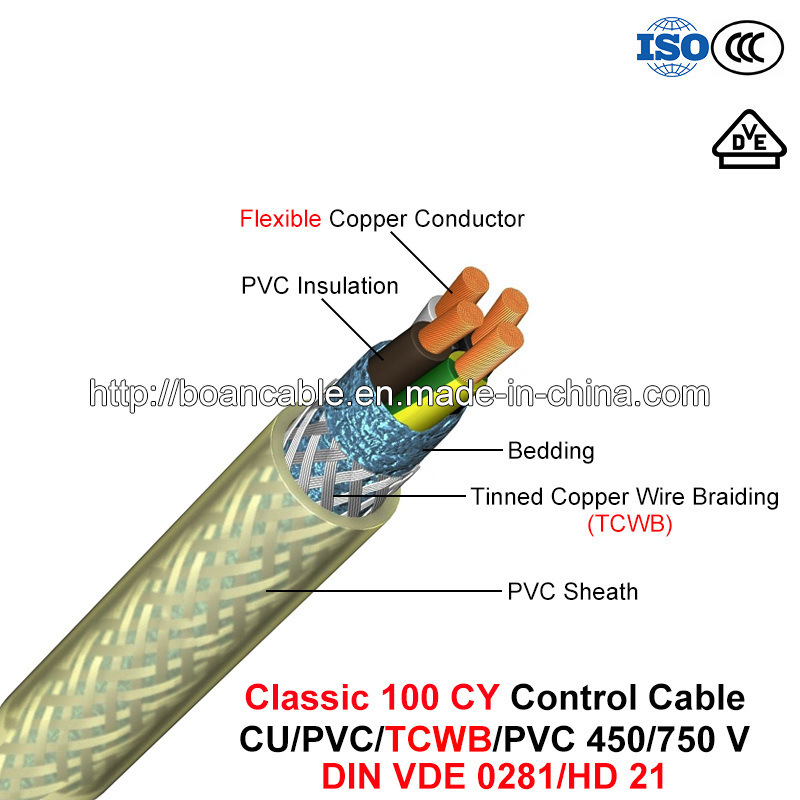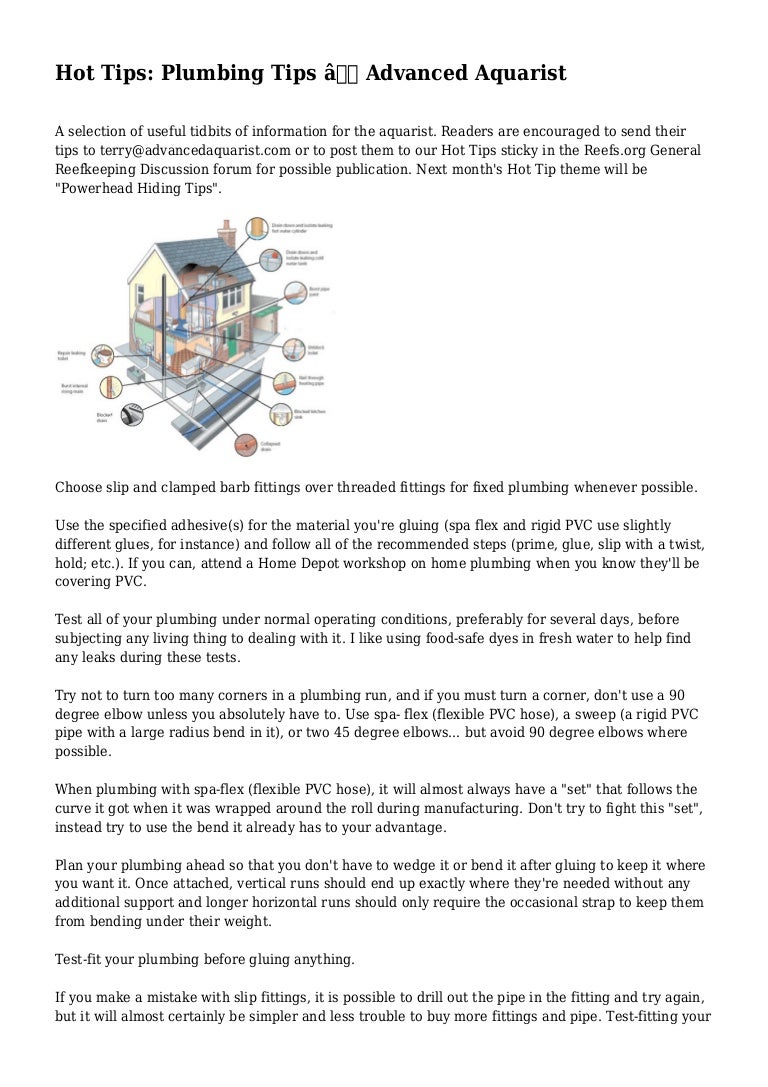Occasional Pvc
Ventricular tachycardia is a fast heart rate, anything over the normal 100 beats per minute, which starts in the lower chambers of the heart, the ventricles. It causes the ventricles to contract before they have had a chance to completely fill with blood, impairing blood flow to the body.
PVCs often occur in repeating patterns: Bigeminy — every other beat is a PVC. Trigeminy — every third beat is a PVC. Quadrigeminy — every fourth beat is a PVC. Couplet — two consecutive PVCs. NSVT — three-thirty consecutive PVCs (see below). Premature ventricular contractions (PVCs) are the most common cause of irregular heart rhythms. The heartbeat is created by an electrical signal that originates in an area of specialized cells in the heart’s upper right chamber, the right atrium.
Premature Ventricular Contractions (PVCs) are single beats originating from the lower chambers. Any time there is more than 3 beats in succession this is defined as ventricular tachycardia.
Most of the time ventricular tachycardia occurs in people with underlying heart abnormalities. Sometimes in can occur in structurally normal hearts. In these patients the origin is usually the right ventricular outflow tract (RVOT). The route the blood flows from the right ventricle to the lungs. In other patiens, such as those who have had a heart attack, the scar from the heart attack creates a milieu of intact heart muscle and scar that predisposes to VT.
Ventricular Tachycardia (VT) and Premature Ventricular Contractions (PVCs)
This is a serious disorder and requires prompt treatment. It may evolve into the ventricular fibrillation. In this life-threatening condition, the ventricles quiver, pumping very little blood out of the heart. Ventricular fibrillation is the primary cause of sudden cardiac death. If normal rhythm is not restored within 3-5 minutes, the heart and brain will be damaged, and the patient will die. Ventricular tachycardia and ventricular fibrillation can be converted into normal rhythm with a controlled electrical shock from a defibrillator.
Regular treatment of ventricular tachycardia include medications to slow the heart rate. High-risk patients are treated with an implantable cardioverter-defibrillator (ICD). [Learn more]

Catheter ablation is the treatment of choice in patients with RVOT VT. Catheter ablation can be used in patients with scar to prevent receiving numerous shocks from an ICD.
Ablation of ventricular tachycardia in a patient with an old heart attack. The target for ablation are islands of live tissue within the scar. These islands cause a circuit for the ventricular tachycardia. The ablation electrically isolates these live islands of live tissue within the scar from healhty tissue.
Clinical Approach to Patients with Frequent PVCs
Background:
Premature ventricular complexes, or PVCs, are a common clinical problem. While patients may be asymptomatic, typically these PVCs cause sensations of skipping, heart pounding, and possibly chest pain, shortness of breath or dizziness.
Occasional Pvc In Heart
Making the diagnosis:
The 12-lead EKG is very useful in identifying the PVC morphology, as certain clinical syndromes exhibit very characteristic PVC morphologies (see below). In addition, the 12-lead EKG can be used to assess whether PVCs are monomorphic/monotopic (suggesting a single site of arrhythmia origin) and whether one should look for possible structural heart disease (i.e. LVH, Q-waves in patients with prior myocardial infarction).
Holter monitoring can help correlate PVCs to symptoms and is a suitable tool to quantify PVC frequency (which may have an important impact with regard to clinical management). Patients with a high frequency of PVC (> 20-40% of all beats) may require more aggressive therapy independent of symptoms. There have been some reports of frequent PVCs resulting in a “tachycardia induced” cardiomyopathy, which can be reversed with successful elimination of PVCs by catheter ablation (ref 1).
Event monitoring is highly effective in correlating a patient's symptoms to presence or absence of arrhythmias, and such correlation should form the basis for invasive therapies.
Once PVCs are documented it is often useful to proceed with an echocardiogram to evaluate for underlying structural heart disease and exercise stress testing to assess the impact of physical activity on PVCs. Additional diagnostic tests (Nuclear perfusion study, cardiac catheterization, cardiac MRI, etc) should be based on the individual clinical scenario .
PVC therapies:
From a clinical perspective it is useful to divide patients with frequent PVCs into those with and those without structural heart disease:
PVCs in patients with structural heart disease such as LVH, cardiomyopathy, and congestive heart failure, prior myocardial infarction, etc. Often the PVCs show a right bundle branch block (originating from the left ventricle) with variable axis pattern. A more subtle form of cardiomyopathy, arrhythmogenic right ventricular dysplasia, which typically presents with a left bundle branch PVC pattern, also needs to be considered, and clinical clues to this disorder are the presence of inverted T-waves in leads V1 through V3, the presence of low amplitude potentials, delayed slurred QRS in leads V1 and V2, and the presence of right ventricular wall motion abnormalities on a carefully performed echocardiogram (ref 2).
PVCs in patients without structural heart disease, here typically two syndromes are to be considered (ref 3):
(1) (most frequent) idiopathic right ventricular outflow tract PVCs/nsVT; here the PVC morphology shows a left bundle branch block pattern (in lead V1) with inferior frontal plane axis (positive QRS in leads 2, 3, aVF).
2) (less common) idiopathic left ventricular septal PVCs (not infrequently associated with nonsustained or sustained ventricular tachycardia); here the PVC morphology shows a right bundle branch block pattern (in lead V1) - with a mostly superior axis (negative QRS in leads 2, 3, aVF).
Therapeutic options:
(1) This depends heavily on patient's symptoms and observed PVC frequency - once identified, and cardiac disease is ruled out, many patients can be reassured. If they learn to avoid potential triggers such as stress, alcohol or caffeine, this may be all that is required.
(2) If medical therapy is required to decrease symptoms a trial of calcium channel blocker (diltiazem) or beta blocker is a very reasonable first step, (several of these PVC entities either involve a calcium mediated cellular process or are adrenergically driven - a clue here may be increased PVC frequency during daytime hours on Holter or with exercise)

Multiple Pvcs In A Minute

(3) If these drug trials do not result in sufficient clinical improvement we often add anti-arrhythmic drugs such as class I-C drugs (flecainide or propafenone) or class III drugs (sotalol) to suppress symptomatic PVCs - these drugs are frequently used in combination with a beta blocker or calcium channel blocker but may also be used as monotherapy.
(4) If patient is unresponsive or intolerant to above medical therapy, catheter ablation of PVCs can be very useful. This therapy is especially useful in patients with idiopathic PVCs in the absence of structural heart disease and in patients with monomorphic PVCs.

Occasional Pvcs Normal
In patients with significant structural heart disease, PVCs often show multiple morphologies, making catheter ablation not the ideal therapeutic choice; if indeed highly symptomatic despite maximum medical therapy (i.e.beta blockers, ACE inhibitors) suppressive antiarrhythmic therapy with sotalol or amiodarone may be required. (Of note: class I-C drugs should be avoided in patients with structural heart disease.)
It should be noted that none of the above therapies, with the exception of catheter ablation, can completely eliminate PVCs and symptoms. This is an important concept to discuss with patients in order to manage their therapy expectations.

In summary:
PVCs and symptoms related to PVCs are seen frequently in clinical practice, can occur in patients with or without structural heart disease, and often require therapy to improve symptoms.
Once identified ….
• Assess PVC morphology on 12 lead EKG (monomorphic or not – need long 12 lead rhythm strip)
• Correlate PVCs to symptoms by event monitoring
• Quantify PVC frequency with a Holter monitor
• Evaluate for potential structural heart disease
PVC therapies may consist of ...
• avoiding PVC triggers such as stress, caffeine or alcohol,
• therapy trials with beta blocker or calcium channel blocker
• anti-arrhythmic drugs such as flecainide, propafenone or sotalol,
• in selected patients PVC mapping and PVC focus ablation catheter ablation.
Sinus Rhythm With Occasional Pvc
References:
(1) Circulation 2005; 112: 1092 Reversal of cardiomyopathy in patients with repetitive monomorphic ventricular ectopy originating from the RV outflow tract.
(2) Circulation 2004; 110: 1527 Electrocardiographic features of arrhythmogenic right ventricular dysplasia/cardiomyopathy
(3) Am Heart J 1992; 124: 746 The electrocardiographic, clinical and electrophysiologic spectrum of idiopathic monomorphic ventricular tachycardia.